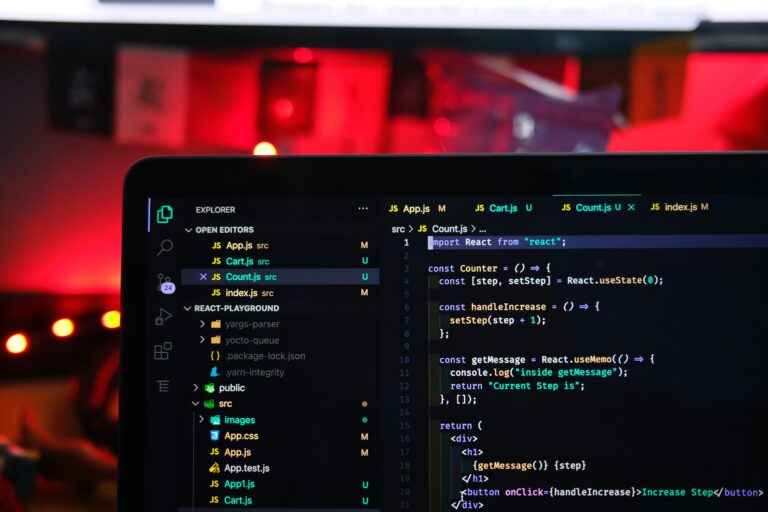In today’s digital landscape, captivating user attention is crucial for the success of web projects. One effective way to achieve this is through the use of engaging web animations. Animations not only enhance the visual appeal of websites but also contribute to a seamless and interactive user experience. In this article, we’ll explore the art of web animation techniques using CSS and JavaScript, empowering you to create stunning and dynamic web experiences.
Why Web Animation Matters
Before diving into the technical aspects, it’s essential to understand why web animation matters. Animations have the power to breathe life into static web pages, making them more engaging and memorable. Whether it’s a subtle hover effect, a smooth transition between page elements, or a captivating loading animation, well-executed animations can delight users and leave a lasting impression. Moreover, animations can convey information more effectively, guide user interactions, and add personality to your website.
CSS Animations
CSS provides built-in features for creating animations directly within your stylesheets. CSS animations are lightweight, performant, and easy to implement. Key techniques include:
- Transitions: CSS transitions allow you to smoothly change property values over a specified duration. They are ideal for creating simple animations such as hover effects or menu transitions.
- Keyframe Animations: Keyframe animations offer more control and flexibility, allowing you to define specific points in an animation sequence. This technique is perfect for creating complex animations with precise timing and movement.
JavaScript Animations
While CSS animations are powerful, JavaScript opens up even more possibilities for dynamic and interactive animations. With JavaScript, you can manipulate CSS properties, handle user interactions, and create animations that respond to user input in real-time. Key techniques include:
- Using requestAnimationFrame(): This method provides a smoother animation loop compared to setTimeout() or setInterval(). It synchronizes animations with the browser’s repaint cycle, resulting in smoother and more efficient animations.
- Manipulating CSS Properties: JavaScript allows you to directly manipulate CSS properties to create animations. This gives you more control over the animation process and enables dynamic animations based on user interactions or application state.
Best Practices for Web Animation
To ensure that your web animations are effective and well-received, consider the following best practices:
- Keep Animations Subtle: Avoid overusing animations or creating overly flashy effects that may distract or annoy users.
- Optimize Performance: Optimize your animations for performance by using hardware acceleration, minimizing DOM manipulation, and avoiding complex animations on mobile devices.
- Test Across Devices: Test your animations across different devices and browsers to ensure compatibility and consistent performance.
- Provide User Control: Allow users to control or disable animations if they prefer, especially for users with motion sensitivities or disabilities.
Mastering web animation techniques with CSS and JavaScript can elevate your web projects to new heights, enhancing user engagement and creating memorable experiences. By leveraging the power of animations, you can bring your designs to life, guide users through your content, and leave a lasting impression. Whether you’re a seasoned developer or just getting started, experimenting with animations opens up a world of creative possibilities and opportunities to delight your audience.






